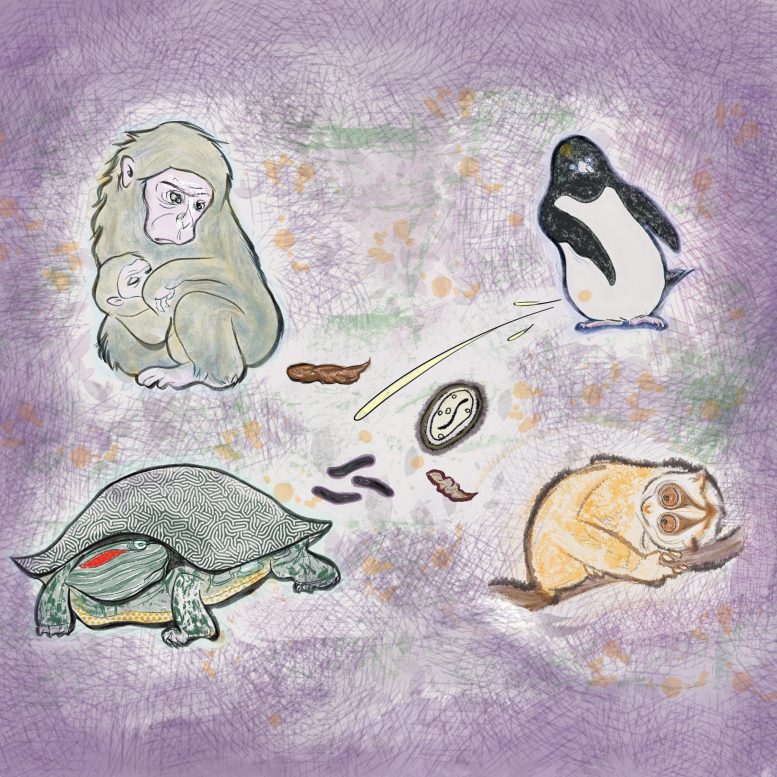
Scientists unveil multiple animal species’ disease avoidance strategies.
Life for all creatures, humans included, would be a lot more straightforward if diseases were as noticeable as flashing warning signs or loud alarm bells. However, in lieu of such overt warnings, humans have evolved to experience a feeling known as disgust as a protective measure. Does this sort of defensive strategy exist in other animals?
Even though substantial focus has been directed toward fear and predator evasion in the field of animal behavior, the study of disease avoidance has notably received less attention in comparison.
An international team of scientists has now set up a framework to test disgust and its associated disease-avoidance behaviors across various animal species, social systems, and habitats.
“Over 30 species have been reported to exhibit disease avoidance strategies in the wild. We provide predictions for seven others that were previously overlooked and that could serve as new model species,” notes lead author Cécile Sarabian, a former JSPS postdoctoral fellow at Kyoto University.
With these predictions, the team accounts for models of specific ecological niches, sensory environments, and social systems for a number of species including the native common octopus and the invasive red-eared slider, which are both relevant to Japan.
“The various costs and benefits involved in experiencing disgust and avoiding illness depend on the social system and ecology of the species,” remarks co-author Andrew MacIntosh, Associate Professor at Kyoto University Wildlife Research Center.
Disgust can be triggered by sensory cues associated with disease risk, such as the sight of diarrhea, which releases a set of behavioral or physiological responses that help animals avoid parasites, pathogens, and toxins.
The levels of disgust behavior vary also from species to species depending on their social systems and ecological niches. Since solitary species have relatively fewer social interactions and resulting disease transmission, they are less adapted than group-living species in recognizing and evading such life-threatening risks.
“Some species living in colonies, such as rabbits and penguins, go further in tolerating diseased mates since a community immunity strategy ensures the colony’s survival,” adds MacIntosh.
The implications to human health are significant since expected disgust-driven behaviors can be applied to the study of the Covid-19 pandemic. For example, a model of coronavirus infections that considers social distancing flattens the curve predicting the number of positive cases, in contrast to the exponential curve for cases without social distancing
“Beyond fundamental research, it’s important to keep promoting the creation of a database that gathers disease-avoidance evidence in animals and its applications in relevant conservation and wildlife management strategies,” concludes Sarabian.
Reference: “Disgust in animals and the application of disease avoidance to wildlife management and conservation” by Cécile Sarabian, Anna Wilkinson, Marie Sigaud, Fumihiro Kano, Jorge Tobajas, Anne-Sophie Darmaillacq, Gladys Kalema-Zikusoka, Joshua M. Plotnik and Andrew J. J. MacIntosh, 13 March 2023, Journal of Animal Ecology.
DOI: 10.1111/1365-2656.13903